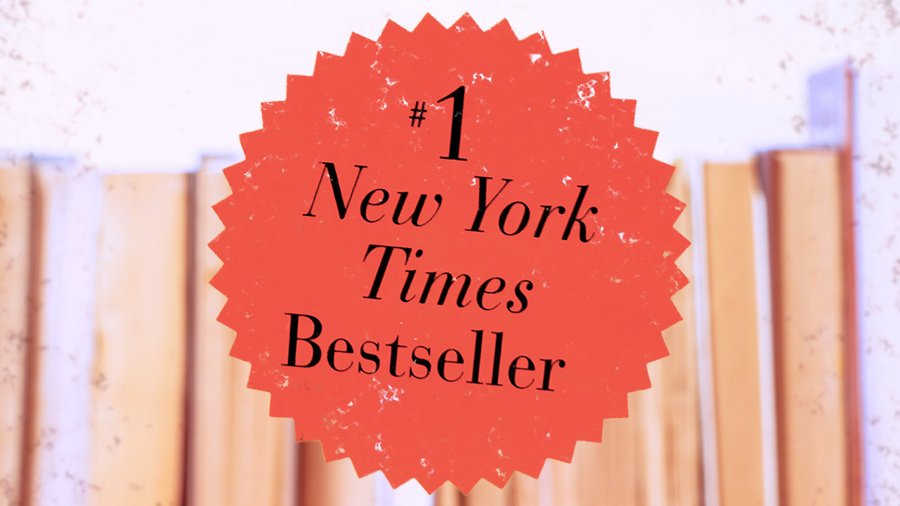Decoding the New York Times Bestsellers List: How It Differs from Other Lists
In literature, the term "bestseller" holds a special place. It's the gold standard for authors and publishers, a testament to a book's popularity and influence. While many publications release lists, the New York Times Bestsellers List stands out as one of the most prestigious and widely recognized. But what sets it apart from other bestseller lists, and how does it work? In this article, we'll delve into the intricacies of the New York Times Bestsellers List and compare it to similar lists to better understand its significance in the literary world.
The New York Times Bestsellers List: A Brief Overview
The New York Times Bestsellers List is a weekly compilation of the top-selling books in the United States, organized into different categories such as fiction, non-fiction, young adult, and more. This list has existed since 1931, making it one of the world's longest-standing and most prestigious bestseller lists. It's published both in the print edition of The New York Times and online, garnering widespread attention from authors, publishers, and readers alike.
How Does the New York Times Bestsellers List Work?
To make it onto the New York Times Bestsellers List, a book must meet specific criteria and undergo a meticulous evaluation process:
Sales Data: The list is compiled based on a combination of sales data from book retailers, including independent bookstores, major chains, and online sellers. However, the exact methodology and data sources remain undisclosed to prevent manipulation.
Categories: Books are categorized into various genres and formats, ensuring that the list reflects the diverse interests of readers. Categories include fiction, non-fiction, advice/how-to, graphic novels, children's books, and more.
Reporting Period: The list is updated weekly, with each edition covering sales from the previous week. This regular update keeps the list dynamic and responsive to shifts in consumer preferences.
Placement Criteria: The New York Times uses a proprietary algorithm to determine a book's ranking on the list. Factors such as the number of copies sold, the geographic distribution of sales, and the book's previous ranking are all considered.
Verification: The New York Times cross-checks reported sales figures with publishers and retailers to maintain the list's integrity. Suspicious or inflated sales numbers can result in disqualification.
Comparing the New York Times Bestsellers List to Other Lists
While the New York Times Bestsellers List is undoubtedly prestigious, it's not the only game in town. Several other bestseller lists with unique characteristics and criteria contribute to the broader literary landscape. Here are a few noteworthy comparisons:
Amazon Bestsellers List: Amazon, the world's largest online retailer, maintains its list based on real-time sales data. While it provides valuable insights into current consumer trends, it can fluctuate rapidly and may not always align with the New York Times list.
USA Today Best-Selling Books: USA Today's list is based on a combination of sales data from various book retailers and is known for its focus on mass-market paperbacks. It offers a broader perspective on popular books but may not always reflect the depth and diversity of literary offerings.
Publishers Weekly Bestsellers List: Publishers Weekly, an industry-focused publication, compiles its list using sales data from independent bookstores and select national retailers. This list often highlights books that resonate with niche audiences and is a valuable resource for industry professionals.
Indie Bestsellers List: Maintained by the American Booksellers Association, this list spotlights books selling well in independent bookstores. It's a testament to the power of local, community-driven bookshops and often includes titles that might not make it onto larger lists.
The New York Times Bestsellers List is a venerable institution in the world of literature, offering a snapshot of the books that capture the public's imagination. While it's highly regarded, it's essential to remember that other bestseller lists provide valuable insights into book sales and trends, each with its unique focus and methodology.
Ultimately, what makes a book a "bestseller" can vary depending on the list and its criteria. For authors and publishers, appearing on any bestsellers list is a significant achievement, indicating that their work resonates with readers. Whether you're a literary enthusiast or an industry professional, these lists offer valuable insights into the ever-evolving landscape of literature and reading preferences.

